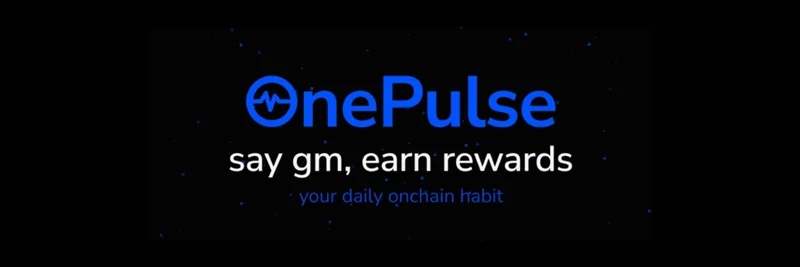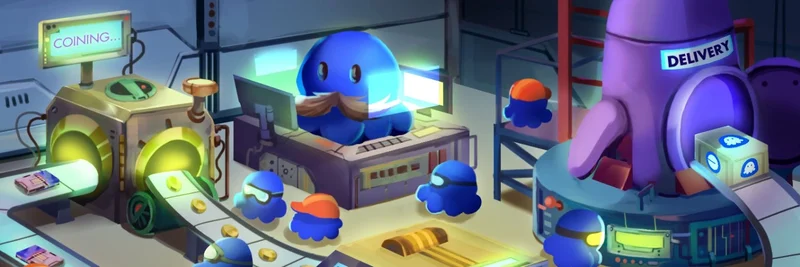TL;DR
- CPRT on Base (address: 0x80a228c443f62a000438b71573aedab2286c5b46) currently has little to no authoritative public information.
- It does not appear connected to high-profile institutional tokens on Base (like JPM Coin).
- Treat CPRT as an undisclosed or lesser-known deployment until on-chain data or official communications say otherwise.
- Use explorers, DEX checks, and safety tooling before interacting. If you do trade, consider reputable Base venues and analytics, including its dedicated page on GMGN.AI: https://gmgn.ai/base/token/fV1R5sZ5_0x80a228c443f62a000438b71573aedab2286c5b46
What we know right now
- Contract: 0x80a228c443f62a000438b71573aedab2286c5b46
- Chain: Base (an Ethereum Layer 2 by Coinbase aimed at low fees and fast finality; learn more at base.org)
- Public footprint: No widely recognized listings, press releases, or verified docs referencing a CPRT token at this address.
- Implication: CPRT likely isn’t tied to current institutional-grade initiatives on Base and may be a community, experimental, or still-quiet project.
Context: Base and institutional tokens (quick explainer)
Base has attracted both grassroots builders and traditional finance pilots. A notable example is JPM Coin, a “deposit token” by JPMorgan designed to represent claims on bank deposits and enable 24/7 on-chain settlement. Unlike typical stablecoins, deposit tokens can be interest-bearing and are issued by regulated banks against real deposits.
That institutional activity, however, does not imply CPRT is related. There’s no credible evidence linking CPRT to JPMorgan, Coinbase, or other enterprise programs on Base.
How to research CPRT (step-by-step)
Verify the contract on an explorer
- Open the address on BaseScan: https://basescan.org/address/0x80a228c443f62a000438b71573aedab2286c5b46
- Check:
- Contract source verified?
- Token name/symbol/decimals
- Top holders and distribution concentration
- Recent transactions and activity patterns
- Contract functions (mint, blacklist, maxTx, trading pause)
Look for liquidity and markets
- Search popular Base DEXes/aggregators to see if any pools exist:
- Uniswap on Base: https://app.uniswap.org/ (switch to Base)
- Aerodrome: https://aerodrome.finance/
- Analytics/trading dashboards:
- Confirm there’s real, accessible liquidity before attempting any trade.
- Search popular Base DEXes/aggregators to see if any pools exist:
Scan social and dev channels
- Search X/Twitter for the ticker and contract address.
- Check Base ecosystem feeds, builder forums, and GitHub for repos referencing the address.
- Look for a website, documentation, or whitepaper linked by official accounts.
Cross-check safety signals
- Use security scanners and honeypot checks that support Base.
- Review tax settings, trading enable/disable flags, and ownership status (owner renounced or not).
- Read contract events for suspicious admin activity.
Safety checklist before interacting
- Contract verified: If not, proceed with maximum caution.
- Ownership and permissions: Know who can change fees, pause trading, mint/burn, or blacklist.
- Liquidity health: Is liquidity locked? For how long? What percent of supply is in liquidity?
- Holder distribution: Are there whales or team wallets with outsized control?
- Trading taxes: High buy/sell taxes can trap you. Test with a tiny amount first.
- Honeypot tests: Confirm both buy and sell work on-chain.
- Official comms: Prefer contracts shared from verified project accounts.
What CPRT is not (based on current evidence)
- Not a known institutional or deposit token on Base.
- Not publicly announced by JPMorgan, Coinbase, or other major Base partners.
- Not widely covered by reputable media or research as of the latest checks.
If you plan to trade CPRT
- Always start small and confirm slippage, fees, and the ability to sell.
- Use reputable Base venues and analytics:
- GMGN.AI CPRT page: https://gmgn.ai/base/token/fV1R5sZ5_0x80a228c443f62a000438b71573aedab2286c5b46
- Uniswap on Base: https://app.uniswap.org/ (switch to Base)
- Aerodrome: https://aerodrome.finance/
- Double-check that the contract you interact with matches exactly: 0x80a228c443f62a000438b71573aedab2286c5b46
Why this matters for meme-token hunters
Meme seasons move fast on Base, and new tickers appear daily. The lack of authoritative info doesn’t automatically mean “bad,” but it does mean the burden is on you to validate. Tools that combine on-chain data, smart money tracking, and automated alerts can help you separate signal from noise. If CPRT develops real traction, you’ll see it reflected in verified contracts, liquidity depth, credible comms, and improved analytics coverage.
Action plan
- Bookmark the contract on BaseScan: https://basescan.org/address/0x80a228c443f62a000438b71573aedab2286c5b46
- Monitor liquidity and price action via analytics, including:
- GMGN.AI’s CPRT page: https://gmgn.ai/base/token/fV1R5sZ5_0x80a228c443f62a000438b71573aedab2286c5b46
- Track socials for any official website, audits, or transparent team disclosures.
- Reassess risk as new, verifiable information appears.




